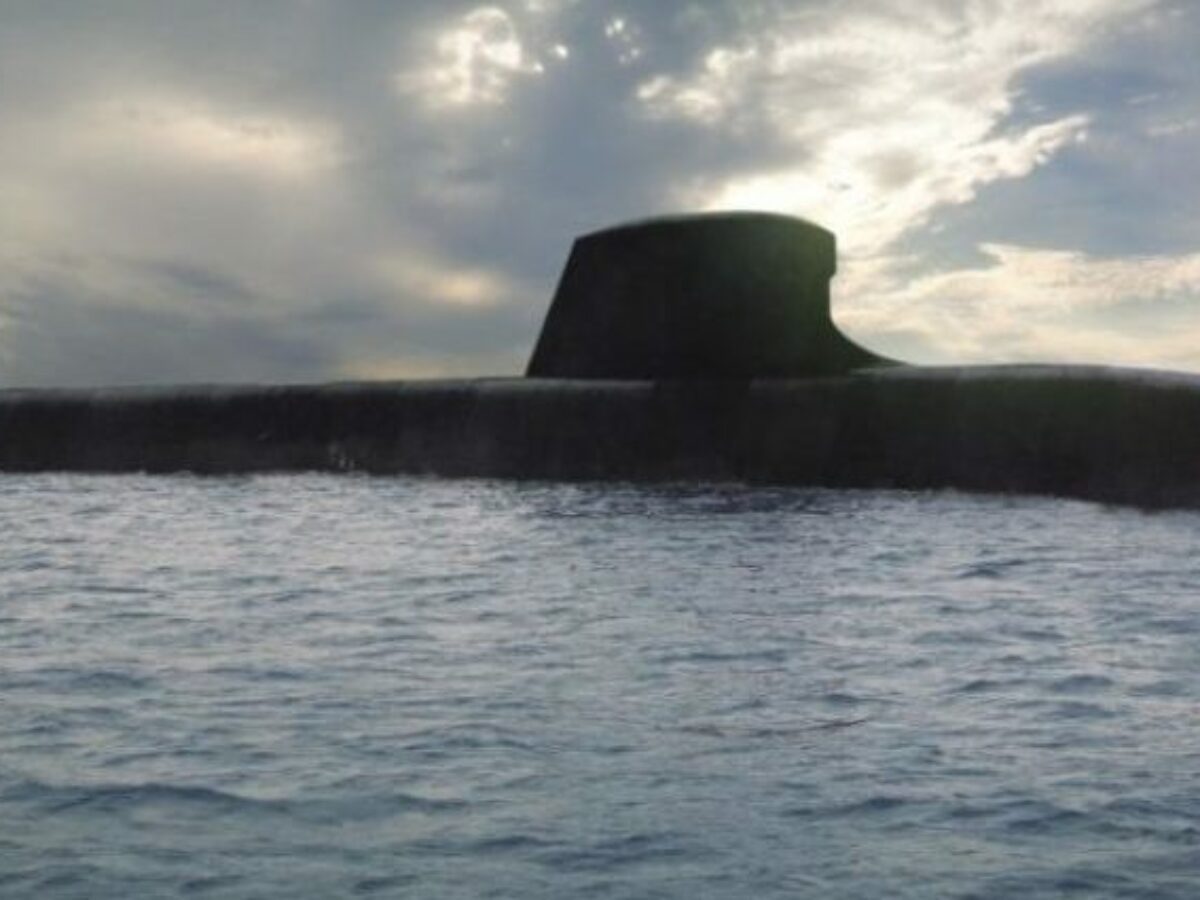Why did Australia’s submarines get so costly?

Australia’s Attack class submarines to be built in Adelaide by France’s Naval Group have appeared to go up massively in price since first revealed to the public – from a ‘turned out cost’ of $50 billion for 12 vessels, to $87 billion.
In an article in the journal of the Australian Strategic Policy Institute (ASPI) senior analyst Marcus Hellyer said that one reason could be that the outurned cost, which takes into account future inflation, was simply understated in the first place.
This is perhaps a strategy of politicians or a department that wants to make a truly massive expense a little more palatable to the public.
The second reason is ever more demanding performance requirements by Defence, including the mention in 2016 for the first time that the submarines were to be ‘regionally superior’.
This is not a term that was defined in the 2016 White Paper where it first appeared, but a term likely to increase the scope of the project rather than reining it in.
Another reason is that the boats are simply getting larger as their inclusions are defined.
Hellyer said: “The Attack class will be in around 4,500 to 5,000 tonnes, up to 50 per cent larger than the Collins…no doubt driven by the range and endurance requirements, but it’s also related to the pump-jet that will propel it.
“The acoustic benefits of a pump-jet appear to have been a key discriminator in Defence’s selecting DCNS (now Naval Group) over the other competitors.”
Hellyer said a pump-jet is viable on a conventional submarine only if it’s big.
“It’s not clear whether the Attack class is big because it uses a pump-jet, or, conversely, is capable of operating a pump-jet because it is big.
“Either way, the Attack class is big. That is a key cost driver, and there are likely others.”
ASPI’s original estimate of $67 billion was for a 4,000-tonne submarine, so an additional 500 to 1,000 tonnes per boat gets the figure close to $80 billion in a parametric cost estimate.
“If we also take into account the overheads associated with being the parent navy for what is essentially a unique class of submarine, it’s easier to see how the cost became $80 billion as Defence worked through the competitive evaluation process and understood what it was getting itself and the country into.”
Hellyer said we did not need speculation about whether the French are taking advantage of us to understand why the future submarine is costing $80 billion.
“Those who think that the Germans can deliver something similar for only $20 billion are deluding themselves and simply wishing away the iron laws of defence costing.
“An extremely large, unique, manned conventional submarine that seeks to be ‘regionally superior’ will inevitably come at an exquisite cost, regardless of who designs and builds it.”
Subscribe to our free @AuManufacturing newsletter here.
Picture: Naval Group
Topics Manufacturing News
@aumanufacturing Sections
Analysis and Commentary Awards Defence Manufacturing News Podcast Technology Videos










